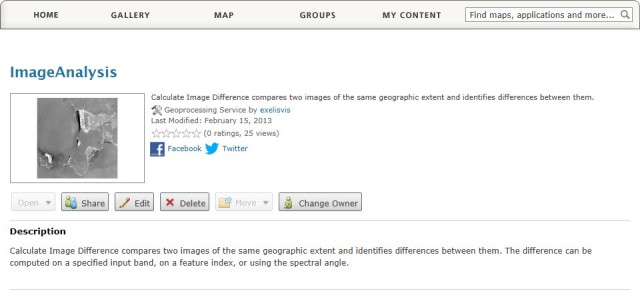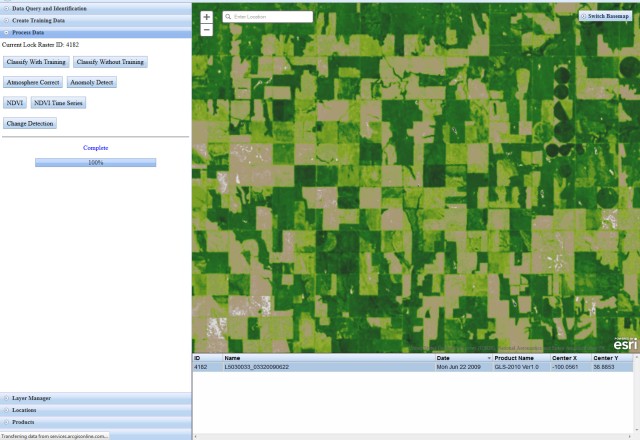Cloud Computing: What Is It?
Cloud computing is no longer just hype or a buzzword for the times. It is
reshaping the IT marketplace as we know it, and it's here to stay.
The media love stories about the cloud. "The cloud" and
"cloud computing" have become ubiquitous in business and technology
news stories. It's popping up in consumer ads and quickly making its way into
the high-level discussions of policymakers all over the world.
Early cloud adopters in both the private and public sectors are yesterday's
news story. They have paved the way for the rapidly expanding early majority.
And to that end, IDC industry analysts expect that worldwide IT spending on
cloud services will reach $42 billion next year - in large part because the
cloud computing model "offers a much cheaper way for businesses to acquire
and use IT." And these days, who isn't cost cutting?
So, if cloud computing is such a big deal, why does the concept itself
still leave many scratching their heads? What is cloud computing, exactly?
Well, the term has been used many ways lately. According to the Business
Software Alliance, "The key features of the cloud are the ability to scale
and provide, as needed, data storage and computing power dynamically in a cost
efficient way, without the user having to manage the underlying complexity of
the technology. Cloud computing offers tremendous potential for efficiency,
cost savings and innovations to government, businesses and individuals alike.
These benefits will improve government services and citizen access; transform
businesses; provide new innovations to consumers; improve important services
such as health care and government-provided services; and create energy savings."

As the new decade unfolds, we can expect to see more businesses, consumers
- and even lawmakers - rushing to educate themselves about cloud technology and
the implications that it holds for the way they work, live and play. And, they
will be asking lots of questions. How will it alter the landscape of
traditional IT offerings? How will it drive down costs? How will it dovetail
with traditional IT architecture? Will it give rise to new policy debates?
BSA, the voice of the world's software industry on a range of business and
policy affairs (and for whom I once worked), has produced a solid educational video "to help
speed this transition, especially for policy-makers." The video provides
the fundamentals of cloud computing - including what defines it and how it is
being used, touches on its many benefits (increased efficiencies, scalability,
enhanced functionality, cost savings, etc.), and then outlines key
policy considerations for lawmakers.
Benefits:
Cloud services free businesses and consumers from having to invest in hardware
or install software on their devices. They reduce maintenance and hardware upgrading
needs; because the solutions are all Web-based, even older computers can be
used to access cloud services.
For mobile users especially,
cloud computing provides incredible flexibility with which professionals can
work from any computing device, as long as they have access to the Web. It also
makes collaboration easier, since distributed teams (or a combination of mobile
workers and in-office staff) can work on shared information stored centrally in
the cloud via, for example, online group ware applications.
Working in the
Cloud:
There are some obstacles to cloud computing. An Internet connection is
obviously necessary to take full advantage of a cloud service. When you’re
offline–or if there are any disruptions with the cloud service itself–the data
may not be accessible at all. (Some cloud apps, like Gmail, have offline
capability; others, like Mint, require an Internet connection. The notetaking
application, Evernote, offers a good in-between or hybrid solution, with both
desktop/phone software and an online service that syncs your notes to the
cloud.)
But generally, in my opinion, For now cloud computing’s greatest beneficiaries
may be remote workers, as Web-based apps empower us to be truly mobile and
still accomplish our work.plus going to make accessing, using and managing IT
easier for small businesses than ever before.
Le Cloud
Computing est devenu depuis quelques années bien connu. Le cloud computing est
(presque) l’avenir de l’informatique. Tous les grand acteurs IT ou
bien les TIC misent leurs revenus futurs sur le cloud computing (Google, IBM, Microsoft, Adobe …). Le cloud computing pourrait
conduire à des milliards de dollars d’économies d’énergie et pourrait aider à
recycler les mainframes ou
super-ordinateurs. Le cloud computing est le nirvana pour les
freelance itinérants du net, comme Jean de Webmarketing Junkie qui explique
comment il a organisé sonbureau virtuel, lui qui voyage de
pays en pays tel un touareg des Temps Modernes, et également pour
tous les autres travailleurs de l’information en ligne.
Le cloud, une révolution en marche forcée!
L’offre en matière de cloud computing a évolué
rapidement au cours des 5 dernières années et est maintenant disponible en
plusieurs offres, et, pour la plupart, elles restent évidemment centrées sur
l’esprit de sécurité (public, privé, mixte, ouvert …). La migration du système
de messagerie au Cloud est généralement la première étape d’un long processus
de transformation et d’un nouveau paradigme informatique.
Dans mon travail quotidien j’ai eu l’occasion
d’entendre de nombreux responsables informatiques me disant «Maintenant que le système de
messagerie de l’entreprise est hébergé par X, je réalise l’énergie / l’argent
que j’ai perdu » .
La vérité est que, pour la plupart des entreprises, les infrastructures IT ne
sont pas un avantage décisif, mais plutôt un fardeau. Héberger votre
propre réseau informatique implique d’acheter du nouveau matériel et des
logiciels + mises à jour régulièrement, le recrutement et la formation du
personnel dédié et le former aux mutations incessantes dans le domaine
informatique.
Bien sûr, les grandes entreprises ont des problèmes
liés à la haute confidentialité de leurs données, mais qu’en est il des plus
petites / plus jeunes?
Pour les entreprises de service, ce n’est pas sorcier : si je devais faire
évoluer mon installation informatique, je ne réfléchirais pas à deux fois pour
me convertir au Cloud Computing. Pour les autres types d’entreprises, elles
peuvent obtenir un avantage concurrentiel fort en n’investissant pas le montant
initial dans l’infrastructure IT et l’investir ailleurs, dans des zones plus
critiques/utiles.
Ne vous méprenez pas : je ne dis pas que le cloud
computing permet de réduire votre budget informatique, il est seulement
beaucoup mieux réparti dans le temps. En prime,
ce n’est pas vous le responsable en cas de problème et le dépannage informatique afin de remettre tout en ordre sera à la charge
de la SSII.
Donc, cela nous ramène à la
question initiale : Peut-on
considérer une entreprise sans ses propres installations IT? Oui, je crois fermement que
cette option est la meilleure dans une économie où la flexibilité et la collaboration
sont les clés du match.
Externaliser votre informatique chez des fournisseurs
de Cloud signifie optimiser les dépenses informatiques, avoir des logiciels
toujours à jour, des données en lieu sûr et une flexibilité extrême . Les
nouveaux fournisseurs, comme Salesforce, Zoho, Google ou 37Signalsfournissent des
solutions qui pourraient facilement couvrir 90% de vos besoins. Les 10% restant
pourraient être facilement adaptés à vos contraintes avec un développement
spécifique.
Se concentrer sur l’essentiel
Je suppose que l’idée de ne pas héberger / posséder
votre informatique peut faire peur, mais l’ancienne solution ne signifie pas
nécessairement un service meilleur ou plus fiable et implique d’immobiliser un
certain montant de cash($$$$$$…) qui pourrait vous aider à vous développer plus
rapidement dans votre cœur
de métier. Oui, je me réfère à votre cœur de métier, celui pour lequel vos
clients payent, non pas une activité annexe.
Et ce sera mon dernier argument : Une fois que vous
réalisez que c’est une activité parallèle, une activité nécessaire mais pas
principale, vous serez beaucoup plus disposés à investir dans des activités
plus importantes comme le référencement des sites de vos clients par exemple!
 Cloud computing has changed the way businesses work. It has opened the doors to increased collaboration and the ability to access information from anywhere and at any time.
Cloud computing has changed the way businesses work. It has opened the doors to increased collaboration and the ability to access information from anywhere and at any time.









